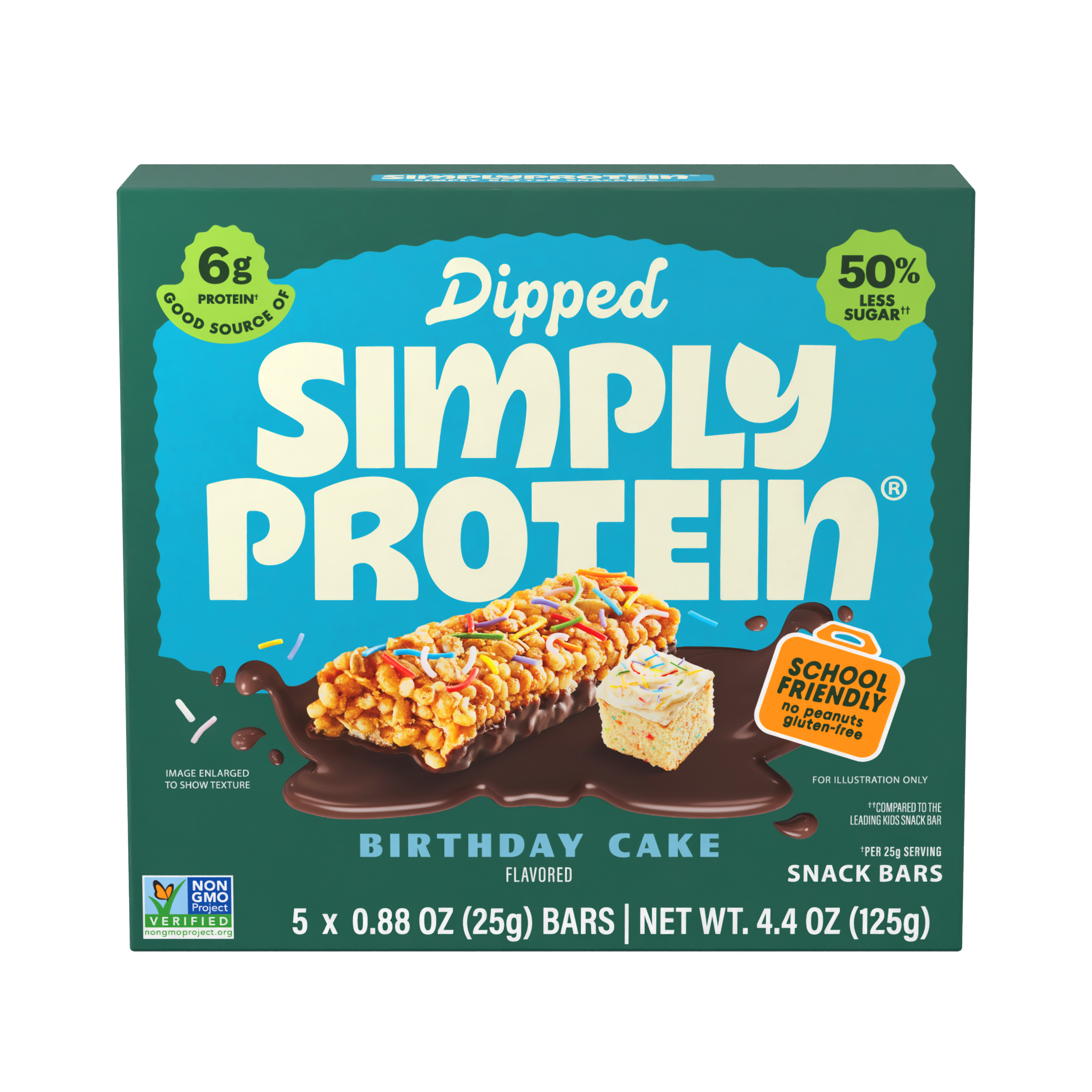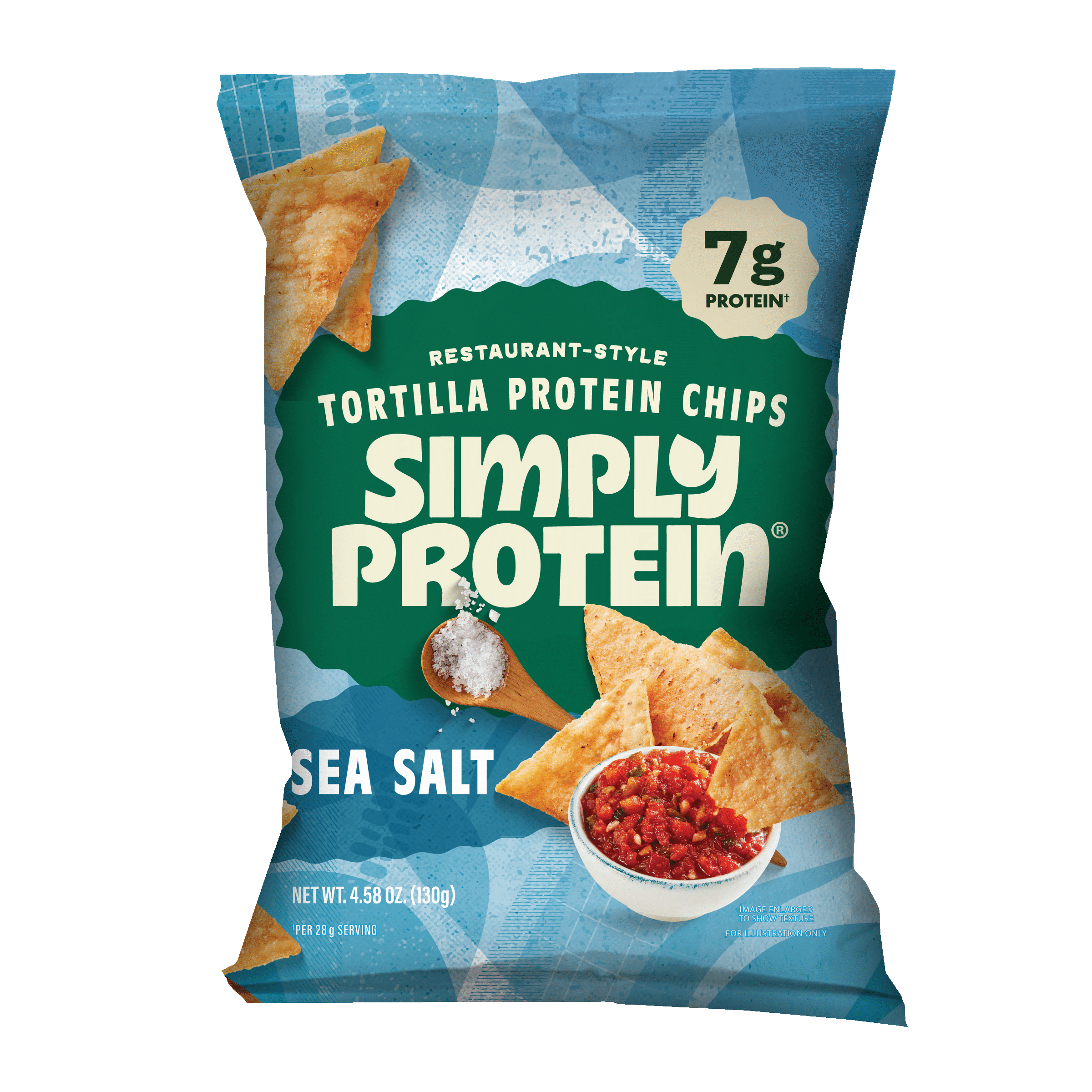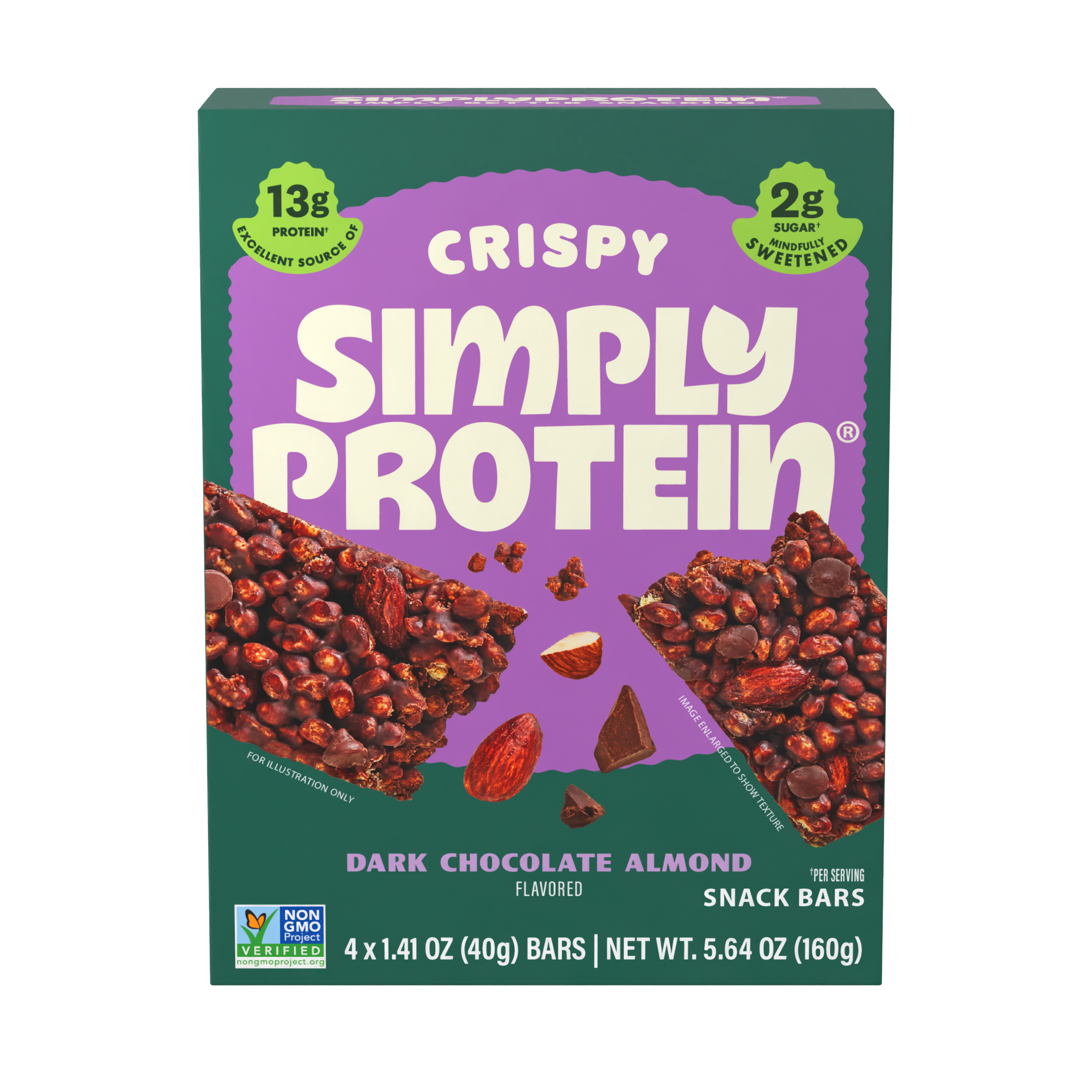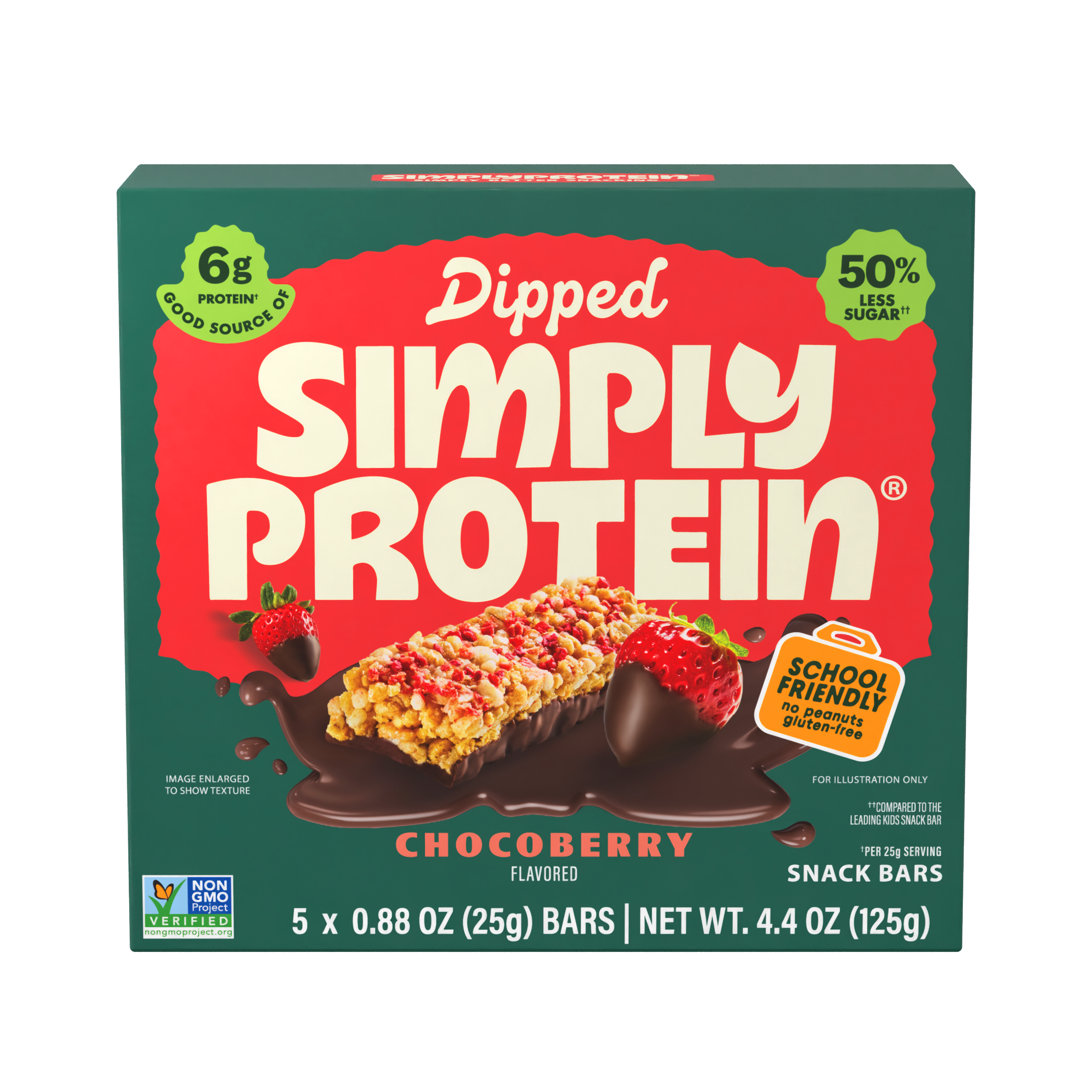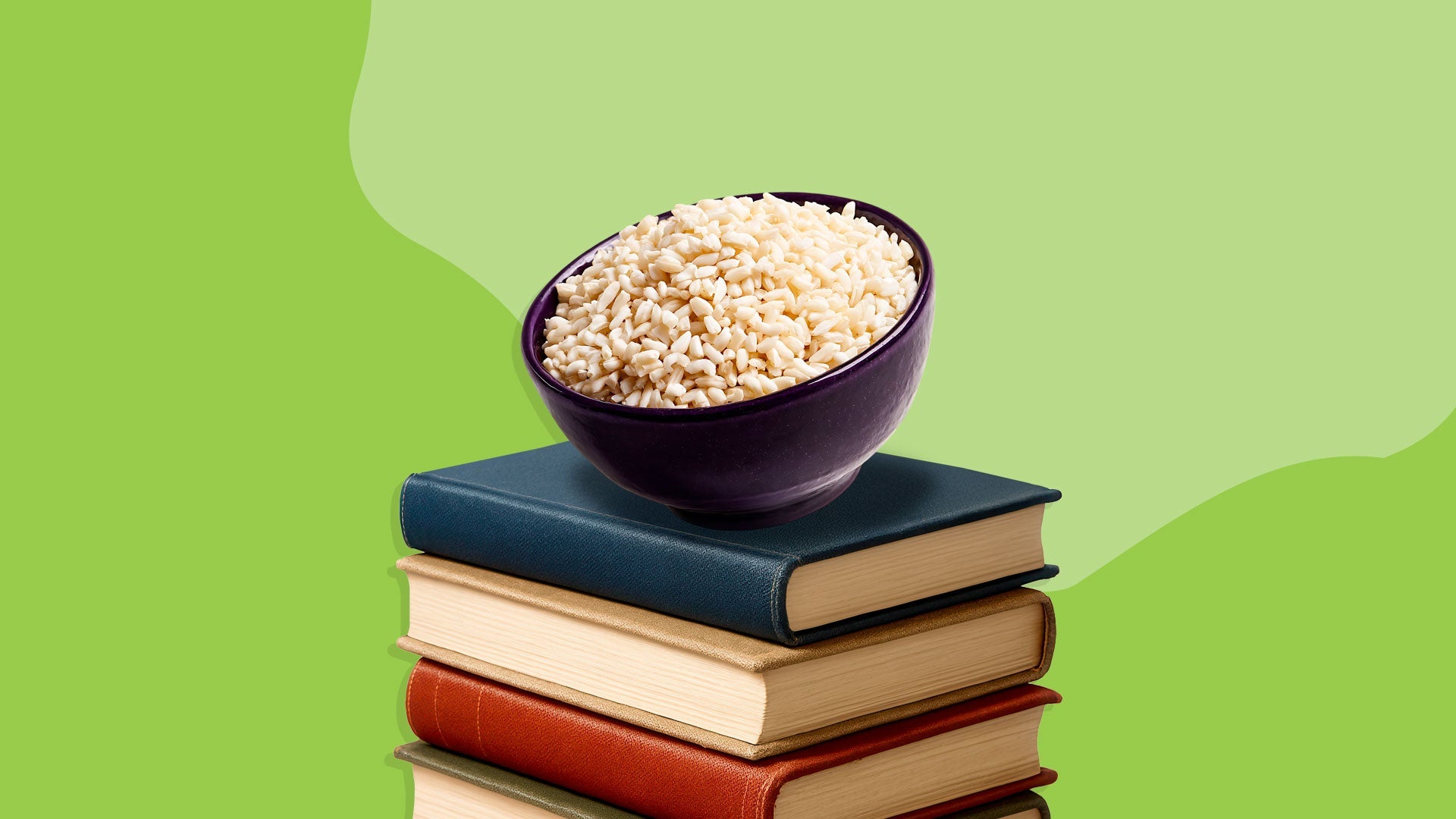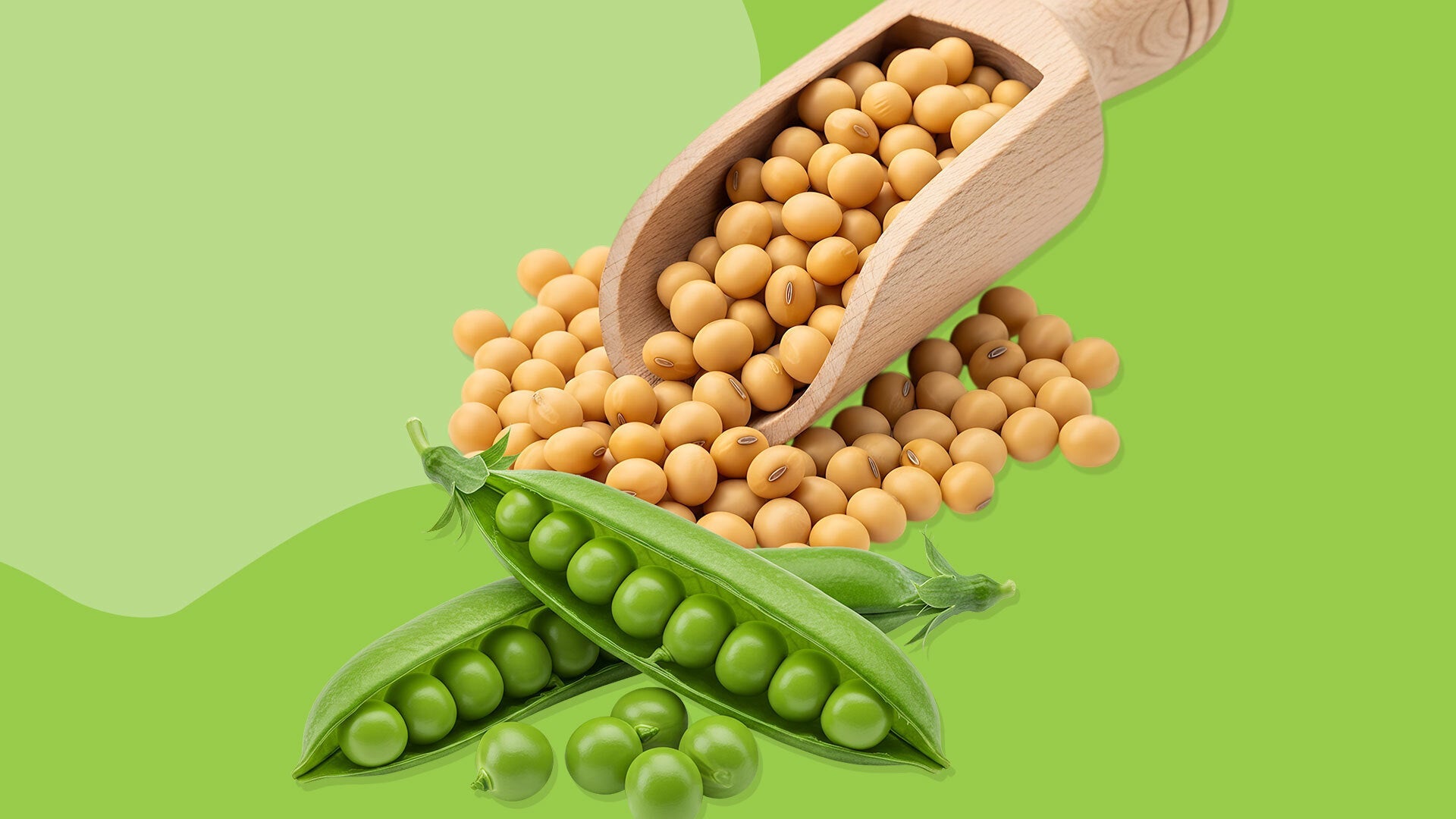
GLP-1 medications and protein: how to prevent muscle loss and stay strong
Imagine achieving your weight loss goals, but instead of feeling energized, you notice muscle weakness, sluggishness, and difficulty maintaining strength. This is a common issue for individuals using GLP-1 medications, which significantly reduce appetite and food intake. While these drugs help shed pounds, they can also lead to muscle loss if protein intake is not carefully managed. Losing muscle not only impacts strength and energy but can also slow metabolism, making long-term weight maintenance more challenging.
What are GLP-1 medications and how do they work?
GLP-1 receptor agonists mimic glucagon-like peptide-1, a hormone that regulates blood sugar, slows digestion, and signals fullness to the brain. Originally developed for type 2 diabetes, they are now widely used for weight loss due to their appetite-suppressing effects.
Common GLP-1 medications include:
- Semaglutide (Ozempic, Wegovy)
- Tirzepatide (Mounjaro, Zepbound)
- Liraglutide (Saxenda, Victoza)
These medications reduce calorie intake, leading to significant weight loss. However, without proper protein intake and exercise, muscle loss can occur, slowing metabolism and making it harder to maintain weight long term.
How GLP-1 medications impact muscle and metabolism
GLP-1 medications work by reducing appetite, often leading to lower protein intake. When protein intake is insufficient, the body may break down muscle tissue for energy, which can result in:
- Weakened muscles and reduced strength
- A slower metabolism, making calorie burning less efficient
- An increased risk of regaining weight after stopping the medication
Additionally, research suggests that GLP-1 therapy decreases muscle protein synthesis, meaning the body has a harder time rebuilding lost muscle. Prioritizing protein-rich meals and resistance training is essential to counteract these effects and preserve metabolic health.
The connection between muscle, metabolism, and weight loss
Muscle plays a critical role in metabolism—more muscle means more calories burned, even at rest. However, when protein intake is too low or physical activity decreases, the body may start breaking down muscle for energy. This slows metabolism, making it harder to sustain weight loss.
GLP-1 medications naturally reduce appetite and calorie intake, which can inadvertently lead to protein deficiencies and muscle loss. When the body lacks sufficient protein, it turns to muscle tissue for energy, further decreasing metabolic efficiency. This can make maintaining weight loss more challenging over time.
How to prevent muscle loss and keep metabolism strong:
- Engage in resistance training to preserve and build lean muscle.
- Ensure adequate calorie intake to prevent excessive muscle breakdown.
- Prioritize protein intake by consuming it consistently throughout the day.
Research shows that GLP-1 medications may decrease overall muscle protein synthesis, making it even more important to focus on both protein consumption and strength training. By maintaining muscle mass, individuals on GLP-1 therapy can better regulate metabolism, sustain energy levels, and achieve long-term weight management success.
How much protein do you need on GLP-1?
Ensuring adequate protein intake while on GLP-1 medications is essential for preserving muscle mass and maintaining a healthy metabolism. Since these medications suppress appetite and reduce overall calorie intake, individuals may need more protein than the general population to prevent muscle loss.
Research suggests that a daily intake of 1.2 to 2.0 grams of protein per kilogram of body weight is ideal, with higher amounts recommended for those who exercise regularly or are losing weight rapidly. Without enough protein, the body may break down muscle for energy, slowing metabolism and making it harder to maintain long-term weight loss.
A simple way to meet protein goals is by following the 30-30-30 rule, which involves consuming 30 grams of protein at breakfast, lunch, and dinner to ensure steady intake throughout the day. Distributing protein evenly helps optimize absorption, supports muscle maintenance, and keeps energy levels stable.
Eating enough protein doesn’t have to be complicated. Focusing on high-quality, protein-rich foods ensures you’re meeting your daily needs without overloading on calories.
Lean animal proteins
- Skinless chicken breast
- Turkey
- Salmon, tuna, cod
- Eggs and egg whites
- Low-fat Greek yogurt
Plant-based proteins
- Lentils and chickpeas
- Tofu and tempeh
- Quinoa
- Edamame
- Chia and hemp seeds
High-protein snacks
- SimplyProtein Crispy Bars – a convenient, plant-based protein option that’s low in sugar and high in fibre. These delicious on-the-go snacks come in three unique flavors, and boast 13g of protein per bar. Stock your snack cupboard with SimplyProtein Crispy Bars.
- Hard-boiled eggs
- Cottage cheese with berries
- Nuts and nut butter with whole-grain crackers
- SimplyProtein Tortilla Chips with hummus – what’s better than discovering your favorite snack is packed with great nutrition? SimplyProtein’s Tortilla Chips contain 7g of protein per serving, so whether you pair them with hummus, salsa, or guac, you can snack easy knowing you’ve chosen a healthier option. Shop SimplyProtein’s Tortilla Chips.
Meal planning and protein timing for GLP-1 users
Planning meals with enough protein is essential for maintaining muscle mass and sustaining energy levels while on GLP-1 medications. Since these medications naturally reduce appetite, it’s important to be intentional about when and how you consume protein throughout the day.
Spacing out protein intake helps optimize absorption, support muscle repair, and prevent energy dips. The goal is to include high-protein foods at every meal while keeping portions balanced and nutrient-dense.
Here’s a simple meal plan to hit your daily protein targets
Breakfast (20-30g Protein)
- Scrambled eggs with spinach and feta
- Greek yogurt with SimplyProtein Baked Oat Bar
- Protein smoothie with almond milk, banana, and pea protein
Lunch (25-35g Protein)
- Grilled chicken and quinoa salad
- Lentil soup with whole-grain crackers
- Tofu stir-fry with brown rice
Dinner (25-40g Protein)
- Baked salmon with roasted vegetables
- Turkey and avocado lettuce wraps
- Chickpea and spinach curry with quinoa
Snacks (10-15g Protein Each)
- SimplyProtein Dark Chocolate Almond or Peanut Butter Chocolate Crispy Bars
- Cottage cheese with flaxseeds and berries
- Hummus with SimplyProtein Tortilla Chips
By prioritizing consistent protein intake throughout the day, you can better support your metabolism, preserve muscle, and maintain energy while on GLP-1 therapy.
Exercise and strength training for muscle retention
A balanced diet alone isn’t enough—exercise is essential for preserving muscle mass while on GLP-1 medications. Since these medications naturally suppress appetite, the risk of muscle loss increases if strength training isn’t part of your routine.
To maintain muscle:
- Strength train at least two to three times per week using weightlifting, resistance bands, or bodyweight exercises.
- Balance with moderate-intensity activities such as walking, cycling, or swimming.
- Incorporate flexibility and mobility exercises like yoga and dynamic stretching for recovery.
Sustaining weight loss and protecting muscle on GLP-1
GLP-1 medications offer an effective path to weight loss and metabolic health, but they also come with the challenge of maintaining muscle mass. Reduced appetite can lead to lower protein intake, increasing the risk of muscle loss, a slower metabolism, and difficulty sustaining long-term weight management.
By ensuring adequate daily protein intake, distributing it throughout the day, and pairing it with resistance training, individuals on GLP-1 therapy can protect their metabolism and maintain energy levels while losing weight. Sustainable weight loss should focus on fat reduction rather than muscle depletion, and a combination of high-quality protein sources and an active lifestyle provides the foundation for long-term success.
